Compression molding is a versatile manufacturing process used by small and large production companies for creating various parts, from large airplane parts to small baby bottle nozzles. Therefore, it becomes important to look into its manufacturing processes. This article offers you a complete guide to compression moulding. You will also find the best tips for compression mold or reliable plastic injection molding companies. Before that, let’s understand what compression molding is and how compression molding works.
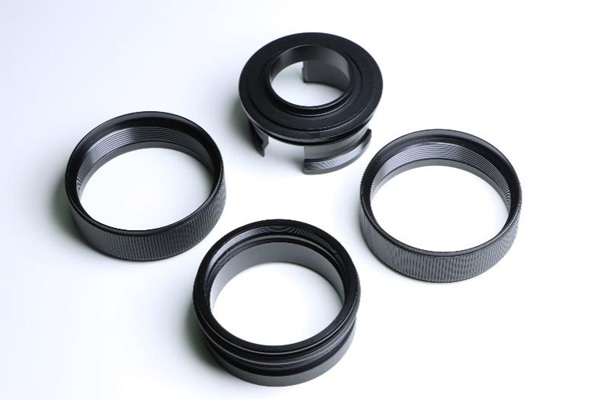
Compression molding is a widely used manufacturing method for creating thermosets, thermoplastics, elastomers, and natural rubbers. It is capable of producing large quantities of high-strength parts with precise dimensions, excellent surface quality, and resistance to high temperatures. This process allows for the production of parts in various lengths, thicknesses, and complexities at a more cost-effective per-part rate compared to other manufacturing methods.
Parts manufactured in the compression molding process range from one ounce in weight to over 100 pounds. They can replicate the strength and intricate shapes of metal while offering anti-corrosive and electrically insulating characteristics. The range of products manufactured includes thin-walled containers, solid structures such as kitchenware, electrical housings, helmets, and components for airplanes and automobiles.
Thermosets and thermoplastics offer a broad array of material choices with varying prices and performance characteristics. In compression molding, different types of resins and fibers are utilized, including:
Thermoset resins: SMC, BMC, TMC, epoxy, phenolic, melamine, and urea.
Thermoplastic resins: polypropylene, nylon, UHMWPE, HDPE, and high-temperature materials like PEEK, PEKK, and PAEK.
Fiber options: fiberglass, aramid, standard modulus carbon fiber, and various grades of carbon fiber.
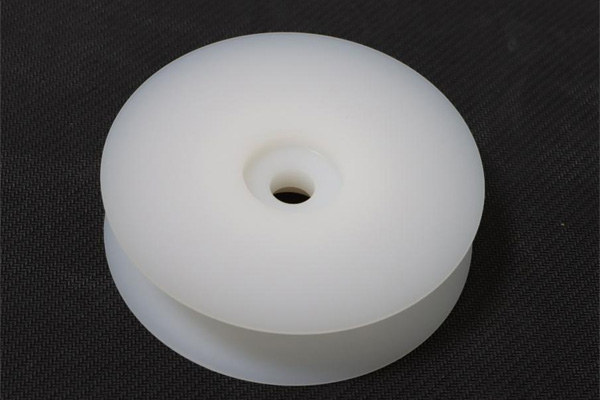
The compression molding machine is intricate and meticulous, requiring precise execution of sequential steps from preparing materials to obtaining the end product. Here are the steps and their brief explanation:
1. Create molds
This step prepares a mold for achieving the desired shape accurately and maintaining material properties. Aluminum or steel alloys are commonly used. Popular methods for manufacturing compression molds include CNC machining, die casting, and 3D printing. CNC machining ensures precise and durable molds, die casting is suitable for complex shapes at a faster rate and lower cost, while 3D printing is effective for rapid prototyping and intricate or unique geometries.
2. Set up the machine
Depending on the specific machine or device you’re using, this may include cleaning the mold, turning on the heat, and other set-up processes.
This could involve processes such as cleaning the mold, activating the heat source, and completing other necessary setup procedures based on the particular machine or equipment in use.
3. Prepare charge
Choose material type and quantity carefully to prevent excess seepage and manual flash removal. Material preparation involves cleaning, cutting, and preheating for contamination-free feeding, improved flow, and the potential addition of curing agents like Dimethyl stanine or Benzoyl peroxide for enhanced bonding during curing.
4. Insert charge
Place the charge in the center of the bottom mold.
5. Compress part
Close the top mold, apply pressure, and wait for your piece to form. You will find that the machine moves the two mold halves together while pressing the brake or platens apply the necessary force. The material fills the cavity, pushing out any excess load. Heat application to press platens depends on the machine type. Next, curing solidifies the material by cooling the hardening chemicals, initiating a cross-linking reaction for the transition from pliable to rigid. Curing agents facilitate this reaction. Upon completion of the curing process, the mold temperature gradually decreases, allowing for natural or air- or water-cooling methods to cool down. Passive cooling decreases cooling time, preparing the mold for subsequent cycles earlier.
6. Release part
Once the part is ready, it is ejected from the mold. Mold openings typically utilize control arms linked to the mold halves, while a more intricate mold may require an ejector system with pins or plates to push the part out. Additionally, release agents can be added to the feedstock to facilitate this process by preventing the molded part from adhering to the mold surface.
7. Clean part
The resin flash around the edges must be manually cut off or removed, and the part may need to be cleaned before the final assembly.
While comparing compression vs injection molding, there are several points to consider. It is essential to understand the most efficient of the two methods. Aiming to determine the best method to choose, it is better to learn more about the difference between compression molding and injection molding. Read on to find out.
Materials
The initial step in any manufacturing procedure is determining the material for production, which is also crucial when choosing between compression molding and injection molding. Although both methods accommodate a diverse range of plastics, they each have unique characteristics. The subsequent materials are typically the most suitable options for compression molding: diallyl phthalate (DAP), thermoset polyester, epoxy, sheet molding compound (SMC), vinyl ester, phenolics, silicone
On the other hand, the material options for injection molding include the following: polyethylene,
Polystyrene, nylon, polypropylene, acrylonitrile butadiene styrene (ABS), polycarbonate.
Process
Compression molding is a simpler process compared to injection molding, characterized by its minimal number of components, which include the raw material, heated mold, and upper plug. The procedure starts by heating and compressing the raw plastic material, transferring it to the tooling die with a specific cross-section. The complete component shape is achieved by pressing the upper plug onto the plastic compound, ensuring uniform distribution throughout the mold cavity.
In contrast, injection molding requires various components such as feed hoppers, an injection and clamping unit, heaters, hydraulic cylinders, and potentially other parts. The process initiates with the conversion of raw materials into machinable pellets or resin, which are then loaded into the hopper. The materials are consistently heated to melt them before precision transfer into the mold cavity for shaping. After cooling, the final product is ejected from the die.
Production Capacity
Injection molding is preferred for low-volume production when multiple prototypes of the same type are not necessary. Unlike compression molding, injection molding offers cost-effectiveness, practical flexibility, and the ability to make adjustments efficiently before full-scale production.
On the other hand, compression molding is most suitable for high-volume productions where there is a need to develop numerous prototypes simultaneously to meet tight deadlines. Opting for compression molding allows for the efficient execution of necessary quality assurance assessments within a brief timeframe.
Shape of Final Product
Injection-molded products are more complex. These products often have different wall thicknesses. They can also be a combination of various shapes. In contrast, compression molding enables the manufacturing of simple and blocky products. The raw material is simply cut into shapes to resemble the final product for compression.
You can select based on your specific requirements within the following four categories of compression molds—flash, positive, landed positive, and semi-positive—The key distinction among these mold types lies in the precision of feeding the material into the mold. For instance, a flash mold involves overfeeding material, resulting in excess material escaping during compression. Conversely, positive molds receive precise material feed, shaping it while applying pressure and heat without the need to remove excess material.
1. Flash Type
This particular shape is commonly selected due to its ease of manufacturing and its ability to maintain the proximity of part thickness and density. When the mold closes, excess material oozes off, creating a thin flash. This feather hardens first, serving as a barrier to prevent mold material from escaping. With flash-type molds, the material can be loaded based on volume, allowing excess material to exit. Although the amount of material lost through flashing is greater compared to other compression mold types, the initial cost of the mold is relatively economical.
2. Positive Type
A positive mold type features a deep cavity and a plunger that compresses the material at the bottom of the mold. Due to minimal material loss, it is crucial to accurately measure the charge to maintain control over the part size. This mold variation is typically employed for materials with high impact resistance and components necessitating deep draw features.
3. Landed Positive Type
This type of mold, similar to the positive mold, includes a ground feature integrated into the plastic design to halt the plunger's movement at a specific point. The density of the product may fluctuate with the charge used, and it provides additional loading space for handling heavier materials effectively.
4. Semi-positive Mold
This mold type combines features of both a flash mold and a landed mold. In addition to the flash ridge, it incorporates a grounding element to restrict the plunger's movement, with the land absorbing some pressure while the majority is applied to the part being molded. The spacing between the flash ridge significantly influences the flash thickness and the density of the final molded product.
Oil and air-hardening tool steel is utilized for phenolic, urea, and melamine materials, while cast steel is preferred for polyester materials requiring lower pressure. The flash parting lines on dies for these materials are typically flame-hardened, and the cavities are plated with hard chrome for durability.
Compression molding offers the advantage that makes it a preferred manufacturing process for various industries. The key advantage of compression molding includes:
Low-cost tooling
As the process does not involve an injection or moving cycle, the tooling for compression molding has fewer foundational requirements compared to tools designed for other molding techniques. Additional features are generally not necessary, aside from the distinct features of the cavity responsible for producing the molded parts, which must accurately replicate the required product detail. Tools can be crafted from aluminum or inexpensive grades of steel to help minimize costs, although they must still be able to endure the molding pressures necessary for production.
While compression molding offers the benefit of low-cost tooling, it also has a main disadvantage that should be considered. The main disadvantage include:
Not suitable for complex molds
Although intricate parts can be produced using compression molding techniques, it is generally better suited for manufacturing larger, less intricate objects, depending on the required material and product design. This is because the restricted flow of material within the cavity can make it challenging to eliminate voids, air pockets, and knit lines when attempting to create more complex components. Given its limitations for shaping complex forms, it is essential to carefully plan, design, and create a plastic prototype to assess the feasibility of using compression molding for the specific product.
Depending on the material or charge you will be compression molding, you have several options for creating molds. The molds must be durable enough to endure the compression molding process. If heat is utilized, the molds must be capable of withstanding significant temperature fluctuations, as well as handling the pressure applied during compression.
Die Casting
Die casting is a widely favored method for producing molds in compression molding and various manufacturing processes. It continues to be a preferred option due to its ability to produce sturdy metal parts at a lower cost compared to alternative manufacturing techniques. Notably, dies for die casting are frequently crafted using CNC machining, and these two manufacturing processes are commonly used together.
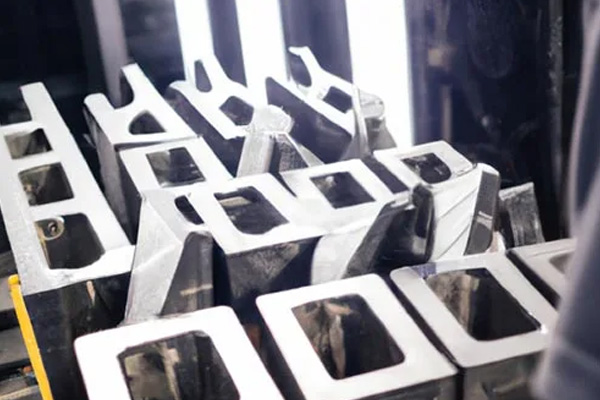
CNC Machining
CNC machining is a preferred option for intricate compression molds, offering engineers greater design control through its computerized features. While CNC machining can be costly for tooling production, some manufacturers opt for a combination of die casting and CNC machining to create molds more economically.
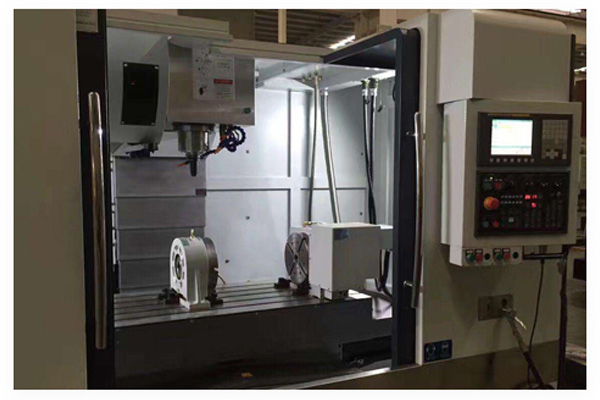
3D Printing
Compression molding tooling can also be manufactured using 3D printing. When prototyping smaller parts, 3D printing could be the most cost-effective and efficient approach for mold creation. With the aid of CAD software, multiple iterations can be rapidly produced, reprinted, and tested. 3D printing is predominantly utilized for compression molds designed for applications that do not require heat.
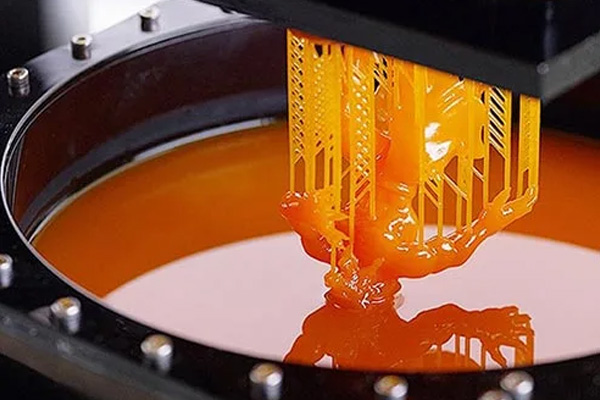
Is your project a good fit for compression molding? Are you considering 3D printing or maybe even low-volume injection molding instead? Richconn is at the front foot of on-demand manufacturing services, including compression molding and 3D printing services. And its advanced molding facilities allow our engineers to handle your unique projects. You can get the following advantage with Richconn:
Over 100 material choices
Fast prototyping for various industry uses
Quick turnaround time
Accurate yet cost-effective solutions
So, getting started is as simple as sending your part design. Let's get started.
The article introduced compression molding, defined its process, and explored its diverse applications. For further insights into compression molding, consider selecting Richconn as your representative.
Richconn offers an extensive array of manufacturing capabilities, encompassing injection molding and additional value-added services to cater to your prototyping and production requirements comprehensively. Explore the Richconn website for additional information or to inquire about a complimentary, obligation-free quotation.
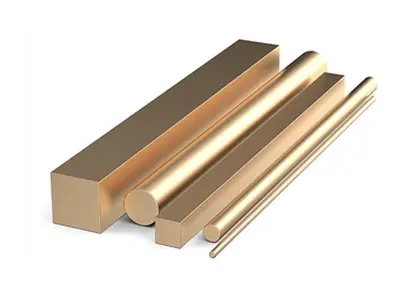 What Kind of Common CNC Metal Machining Technology Do You Know?August 10, 20221. CNC metal machining technology: selective laser meltingIn a tank filled with metal powder, a computer-controlled high-power carbon dioxide laser selectively sweeps the surface of the metal powder. ...view
What Kind of Common CNC Metal Machining Technology Do You Know?August 10, 20221. CNC metal machining technology: selective laser meltingIn a tank filled with metal powder, a computer-controlled high-power carbon dioxide laser selectively sweeps the surface of the metal powder. ...view Methods and Characteristics of Electrophoretic Metal CoatingJune 17, 2024Methods of Electrophoretic Metal CoatingDue to the different nature of electrophoretic metal coating itself, it is divided into two kinds: anodic electrophoretic metal coating and cathodic electrophor...view
Methods and Characteristics of Electrophoretic Metal CoatingJune 17, 2024Methods of Electrophoretic Metal CoatingDue to the different nature of electrophoretic metal coating itself, it is divided into two kinds: anodic electrophoretic metal coating and cathodic electrophor...view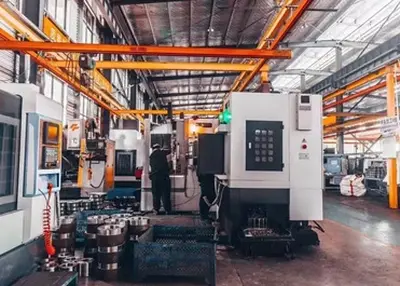 Some Knowledge You Need to Learn About Design for ManufacturingFebruary 22, 2024Design for Manufacturing (DFM) is a set of best practices that aim to minimize manufacturing errors by focusing on mitigating defects and assessing the quality and dependability of supply chains.view
Some Knowledge You Need to Learn About Design for ManufacturingFebruary 22, 2024Design for Manufacturing (DFM) is a set of best practices that aim to minimize manufacturing errors by focusing on mitigating defects and assessing the quality and dependability of supply chains.view How to Use a Five Axis Machining Center to Process Titanium Alloy Shaped PartsMarch 24, 2023As a five-axis machining center engineer, I will share with you the methods of machining titanium alloy special-shaped parts using a five-axis machining center, as well as the key points of titanium a...view
How to Use a Five Axis Machining Center to Process Titanium Alloy Shaped PartsMarch 24, 2023As a five-axis machining center engineer, I will share with you the methods of machining titanium alloy special-shaped parts using a five-axis machining center, as well as the key points of titanium a...view CNC Honing Service A Guide for Concept & SelectionMay 20, 2024CNC honing service helps to achieve tighter tolerances and better surface finishes on a wide range of precision machined parts with a round bore. Here's a simple guide for its concept and selection.view
CNC Honing Service A Guide for Concept & SelectionMay 20, 2024CNC honing service helps to achieve tighter tolerances and better surface finishes on a wide range of precision machined parts with a round bore. Here's a simple guide for its concept and selection.view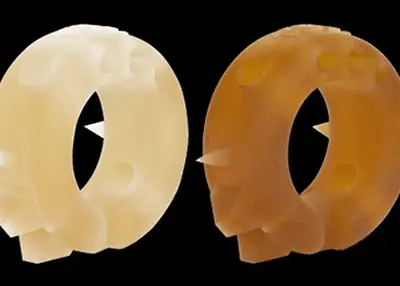 How to choose the right material for cnc cnc machining parts?November 1, 2023In the field of CNC numerical control machining, the correct selection of suitable materials is crucial to the performance, accuracy and durability of parts. Different environments and application scenarios require different types of materials, and the following will analyze how to choose the right material from several aspects.view
How to choose the right material for cnc cnc machining parts?November 1, 2023In the field of CNC numerical control machining, the correct selection of suitable materials is crucial to the performance, accuracy and durability of parts. Different environments and application scenarios require different types of materials, and the following will analyze how to choose the right material from several aspects.view